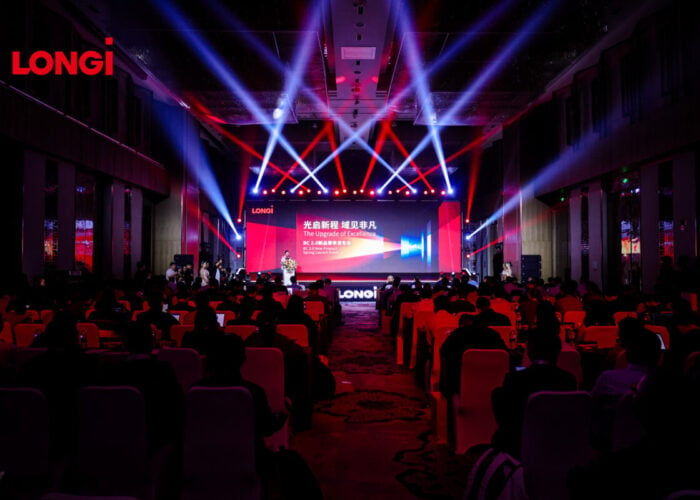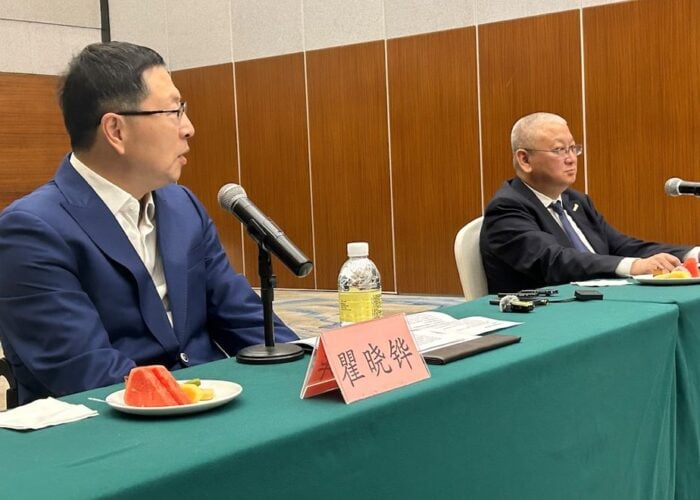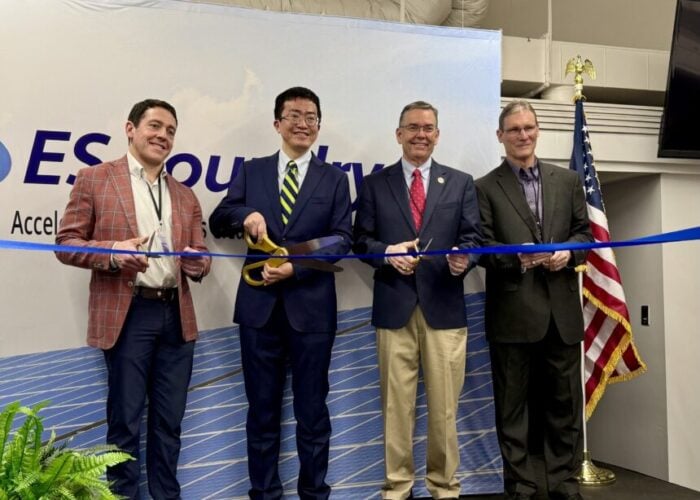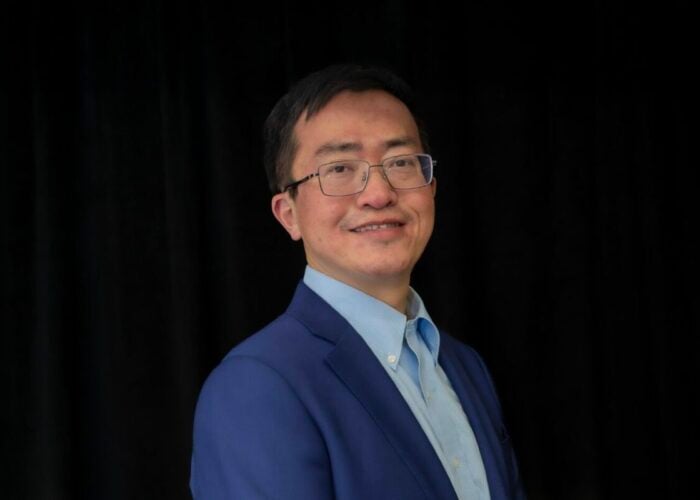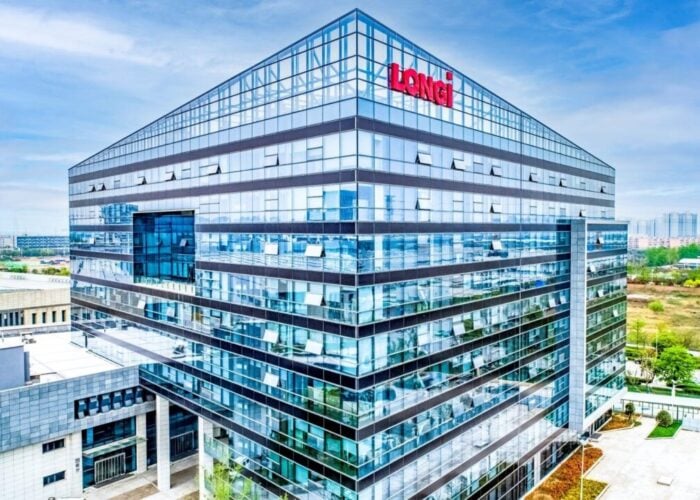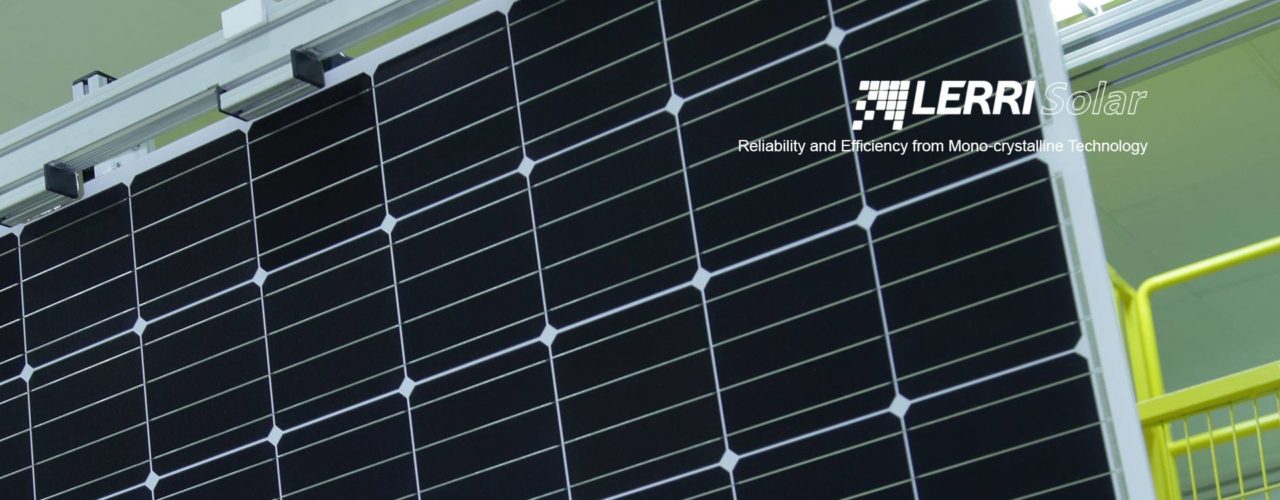
When final module shipment levels are finally confirmed for 2016, it is highly likely that LONGi Solar (formerly LERRI Solar) will be confirmed within the top-10 module suppliers by volume for last year.
This comes after two years of strong capacity investments into the cell and module stage, from parent company LONGi Group, and compliments the multi-GW expansions at the ingot and wafer stages.
Unlock unlimited access for 12 whole months of distinctive global analysis
Photovoltaics International is now included.
- Regular insight and analysis of the industry’s biggest developments
- In-depth interviews with the industry’s leading figures
- Unlimited digital access to the PV Tech Power journal catalogue
- Unlimited digital access to the Photovoltaics International journal catalogue
- Access to more than 1,000 technical papers
- Discounts on Solar Media’s portfolio of events, in-person and virtual
Or continue reading this article for free
Fully aligned with LONGi Group’s commitment to mono wafer supply, LONGi Solar’s cell and module lines are mono-based, and form part of the vertical integration strategy of LONGi to make mono the dominant technology used in the solar industry.
Therefore, for PV CellTech 2017 in Penang, Malaysia, on 14-15 March 2017, we decided to have two separate talks from the company. One of these would be from the ingot/wafer perspective, and one from the cell side.
We recently had a Q&A with Hongbin Fang, the Director of Technical Marketing at LONGi Solar, who will be giving an invited talk on 14 March 2017, titled: GW-scale p-type mono PERC production in China & Southeast Asia.
What topics are going to be included in your presentation?
Hongbin Fang: Why LONGi is betting on mono and our capacity expansion plan; LONGi Solar mono PERC ramp-up challenges and performance, as well as our technology roadmap.
What are the biggest challenges today for PV cell manufacturers?
Continue improving cell/module efficiency and quality while at the same time reducing manufacturing cost aggressively, on multi GW scale HVM (high volume manufacturing).
What are the main things you are hoping to learn after the two days of PV CellTech 2017?
We hope to understand cell/module manufacturers’ technology roadmap and approaches to improve module power output and reduce manufacturing cost; which is the promising technology for [the] next 3-5 years? What are the challenges we can see now and the solutions we [propose]? We hope to discuss with other cell/module manufacturers, and see how [the] PV industry as a whole can work together to overcome above challenges effectively.
PV Tech: Looking at the comments from Hongbin Fang, if the only content was to hear LONGi Solar’s expansion plans and technology roadmap, many would leave PV CellTech 2017 as fully satisfied with hearing these critical parameters from LONGi. But what also makes the talk all the more valuable is matching this to cost reduction.
Finally, the comments on the PV industry working as a whole are precisely what we had in mind at PV-Tech when we established the PV CellTech event last year. The solar industry historically was fiercely competitive, and there was very little effort to share technology challenges across manufacturers, for the common benefit of all. It is a theme that prevails in more mature technology segments, such as semiconductor and displays, and it will certainly be essential if there is a industry-wide migration in years to come to n-type platforms, for example.
PV CellTech takes place on 14-15 March 2017 in Penang, Malaysia. To register to attend the event, please use this link.

